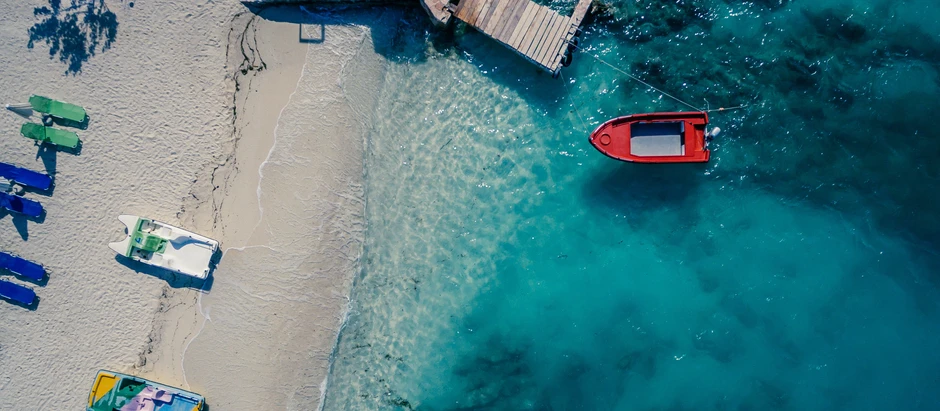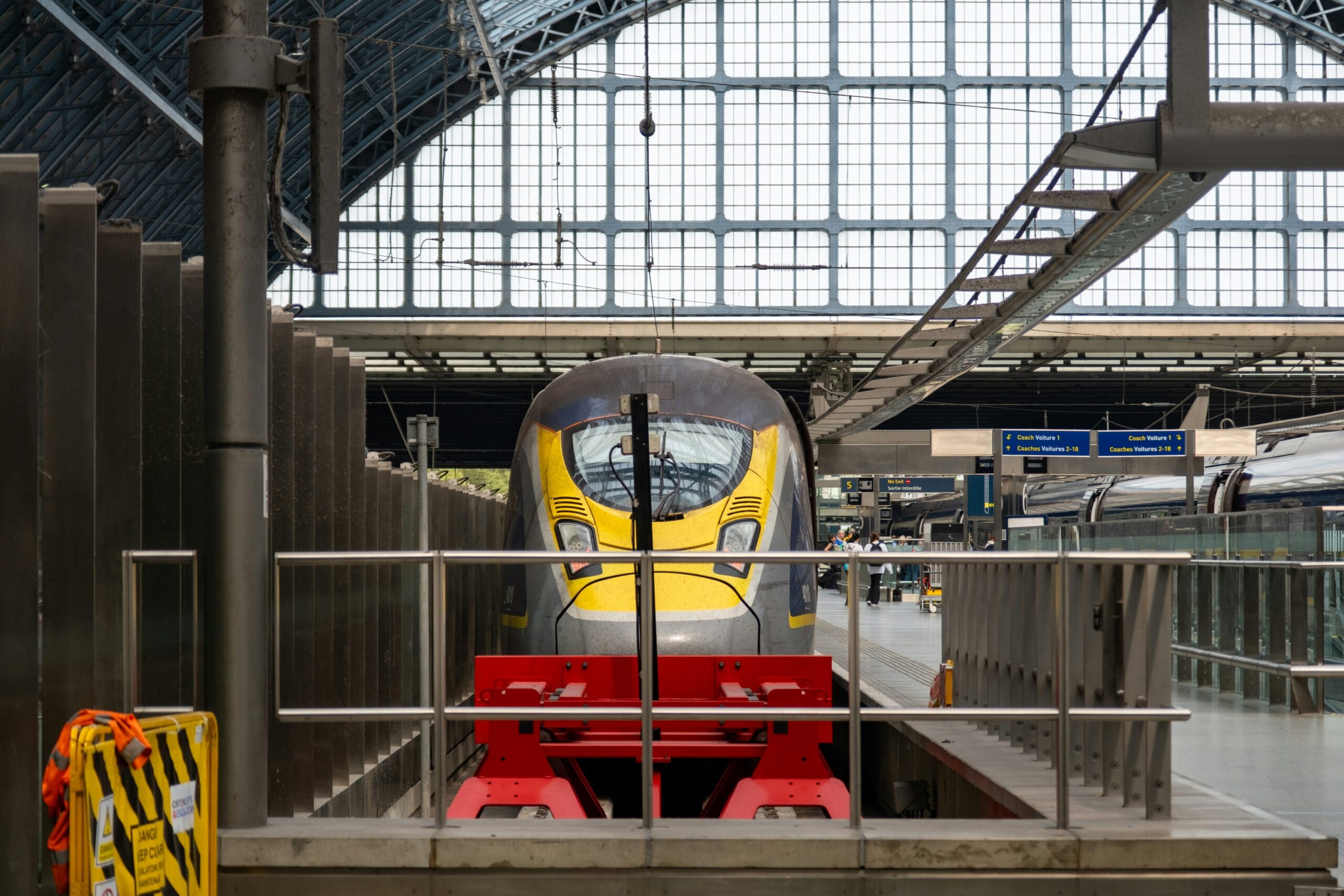Introduction
Albania’s like that underrated band you knew before they hit the charts—full of charm, authenticity, and still kind on the wallet. From rugged mountains to sparkling beaches, this Balkan gem is where you can hike through alpine villages in the morning and sip raki by the beach at sunset. But the real question is—is Albania cheap for a holiday? Short answer: yes. Long answer: absolutely, and you can find out how in this Albania moneysaving guide
With affordable eats, budget-friendly stays, and transport that won’t drain your bank account, Albania’s a dream for savvy travelers. Plus, it’s still off most people’s radar, so you won’t be fighting crowds while you save.
Travel Affordability Snapshot
- Flights: Return flights from the UK can dip as low as £50 with budget airlines.
- Accommodation: Hostel beds for under £10, or private rooms from £20.
- Local transport: Public buses (or furgons) cost as little as £2 to £5 for intercity trips.
- Food: A byrek (Albania’s iconic pastry) will set you back about £0.50, and even a sit-down meal rarely costs more than £5.
Getting There: Affordable Travel Options
Flights from the UK
If you’re flying from London, Birmingham, or Manchester, you’re in luck. Budget airlines like Wizz Air and Ryanair run regular flights to Tirana.
- Average prices:
- Off-peak (Jan-Mar, Nov): £40–£70 return
- Peak (Jul-Aug): £120–£180 return
Cheap Flight Deals
- Wizz Air: Often drops fares to £30-£50 return during flash sales.
- Ryanair: Watch for mid-week deals; they love dropping prices on Tuesdays.
Alternative Routes
Feeling adventurous? Fly into nearby cities like Corfu (Greece) and hop on a ferry to Saranda—tickets start from £15, and you’ll get sea views on the way. It’s often cheaper than flying direct to Tirana.
Albania-Specific Flight Hacks
- Promo alerts: Wizz Air regularly throws in error fares. Sign up for alerts and jump on them fast.
- Booking window: Sweet spot is about 6–8 weeks before your trip—any sooner and prices creep up.

Accommodation: Budget-Friendly Stays and Luxury for Less
Hostels
- Tirana Backpacker Hostel (Tirana): £9/night. Includes breakfast and a garden to chill in.
- SR Backpackers (Saranda): £11/night with a sea view terrace.
Guesthouses & Boutique Stays
- Mangalemi Hotel (Berat): £20/night in a traditional Ottoman house.
- Stone City Hostel (Gjirokastër): £18/night, with a rooftop perfect for sunsets.
Budget Hotels
- Hotel Vila e Arte (Tirana): £35/night. Central location with free breakfast.
- Hotel Brilant (Saranda): £40/night, minutes from the beach.
Luxury for Less
- Rogner Hotel Tirana: A five-star experience for £80/night during off-peak seasons—includes a pool and garden views.
- Butrinti Hotel (Saranda): Sea-facing rooms from £70/night if you book outside peak summer.
Alternative Stays
- Couchsurfing is alive and well in Albania, especially in Tirana.
- Camping: Set up your tent along the Albanian Riviera—some spots are free, others cost around £5/night.
Accommodation Money-Saving Tips
- Stay in Berat or Gjirokastër instead of Tirana for cheaper rates and a more authentic vibe.
- Heads up: Tirana and Saranda have a small tourist tax (around £1/night), so factor that in.
Food and Drink: Eating Well on a Budget
Cheap Eats
- Byrek stands: Ubiquitous and delicious. Cheese or spinach-filled pastries for just £0.50.
- Tavë kosi: Albania’s famous baked lamb and yogurt dish—grab it at a local eatery for £4–£5.
- Street food: Qofte (meatballs) for £1 and fresh seafood skewers along the coast for £3.
Mid-Range Dining on a Budget
- Oda (Tirana): Hearty Albanian dishes in a cozy, traditional setting. Mains from £5.
- Taverna Vasili (Saranda): Seafood platters for under £8.
Luxury Dining Deals
- Padam Boutique Hotel & Restaurant (Tirana): Fine dining with tasting menus starting at £25.
- Hotel Apollon (Saranda): Sea-to-table dining with multi-course seafood feasts for £30.
Self-Catering Options
Many guesthouses have kitchens. Stock up at local markets (Tirana’s Pazari i Ri is perfect) where you can snag fresh produce and cheese for under £5.
Food Money-Saving Tips
- Lunch specials are big here. Many places offer set menus for half the price you’d pay at dinner.
- Water at restaurants isn’t free—order tap water or bring a refillable bottle.
- Local bars run late-night happy hours, especially in Tirana’s Blloku district.
Transportation: Navigating Albania on the Cheap
Public Transportation
- Furgons (shared minibuses): The Albanian way to get around. No set schedules—just wait at the station, and they’ll leave when full. Fares range from £2–£7 depending on distance.
- City buses in Tirana cost around £0.30 per ride.
Taxis & Rideshares
- Taxis are cheap by European standards—expect to pay £5 for a 15-minute ride.
- UPs and Speed Taxi apps work like Uber here.
Bikes
- Tirana has rental bikes for £5/day.
- Coastal towns like Dhermi and Himara are perfect for cycling between beaches.
Transport Money-Saving Tips
- Tirana’s Day Pass: Unlimited bus rides for £1.50/day.
- In Saranda, take the local bus to Ksamil beaches instead of a pricey taxi—only £0.50.
- Walking is your best friend—most city centers are compact and pedestrian-friendly.

Activities and Attractions: Affordable Experiences
Free & Low-Cost Attractions
- Butrint National Park: Ancient ruins for £7 entry.
- Gjirokastër Castle: £3 to explore the fortress and enjoy panoramic views.
- Tirana’s Grand Park: Stroll the artificial lake and picnic in the gardens—completely free.
Cultural Experiences on a Budget
- Bunk’Art (Tirana): A Cold War bunker turned museum—£4 entry.
- Free walking tours run daily in Tirana and Berat (tip your guide!).
- Local festivals: Look out for summer events like the Kala Festival in Dhermi—tickets start cheap if booked early.
Activities Money-Saving Tips
- Museum free days: National museums often waive fees on the last Sunday of the month.
- Skip the expensive boat tours—local ferries give you the same stunning views for a fraction of the price.
- Hike Valbona to Theth for epic views without spending a penny.
More hacks to save: Moneysaving Guide to Albania
- Haggle at markets—it’s expected. Start at 50% of the asking price.
- Skip airport taxis—grab the Rinas Express bus to Tirana for £2 instead.
- Travel off-peak in May or September—lower prices and great weather.
- Tap water is safe in cities like Tirana, so refill your bottle.
- Use cash—many places don’t take cards, and ATMs sometimes charge hefty fees.
- In beach towns, eat away from the waterfront for cheaper (and tastier) meals.
- Opt for overnight furgons to save on a night’s accommodation.
- Join free local events—Tirana often has open-air concerts and exhibitions.
- Use local SIM cards—a week of data costs about £5.
- Plan your itinerary to avoid backtracking—it saves time and transport costs.
How much you could spend in Albania
| Category | Cost (Daily) |
|---|---|
| Accommodation | £10–£25 |
| Food & Drink | £8–£15 |
| Transport | £2–£7 |
| Attractions | £5–£10 |
| Extras (SIM, etc.) | £2–£5 |
| Total Daily | £27–£62 |
FAQ: Moneysaving Questions About Albania
Is Albania safe for solo travelers?
Yes! Albanians are famously hospitable. Just use common sense like you would anywhere.
What’s the best time of year to visit?
May–June and September–October. Perfect weather and lower prices.
How much should I budget per day?
£30–£50 will get you a comfy bed, good food, and plenty of activities.
What’s the tipping culture like?
Not mandatory, but 10% is appreciated in restaurants.
Do I need a visa to visit Albania?
Nope! UK citizens can stay for up to 90 days without a visa.
Is the water safe to drink?
In Tirana and major towns, yes. Stick to bottled water in rural areas.
Are credit cards widely accepted?
Not really. Cash is king here, especially outside major cities.
What’s the best way to get around the city?
In Tirana, buses and walking. For other cities, furgons are your go-to.
What local etiquette should I know?
A nod and a smile go a long way. Also, a slight headshake means “yes” here—confusing but charming.
Read more moneysaving guides.



